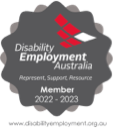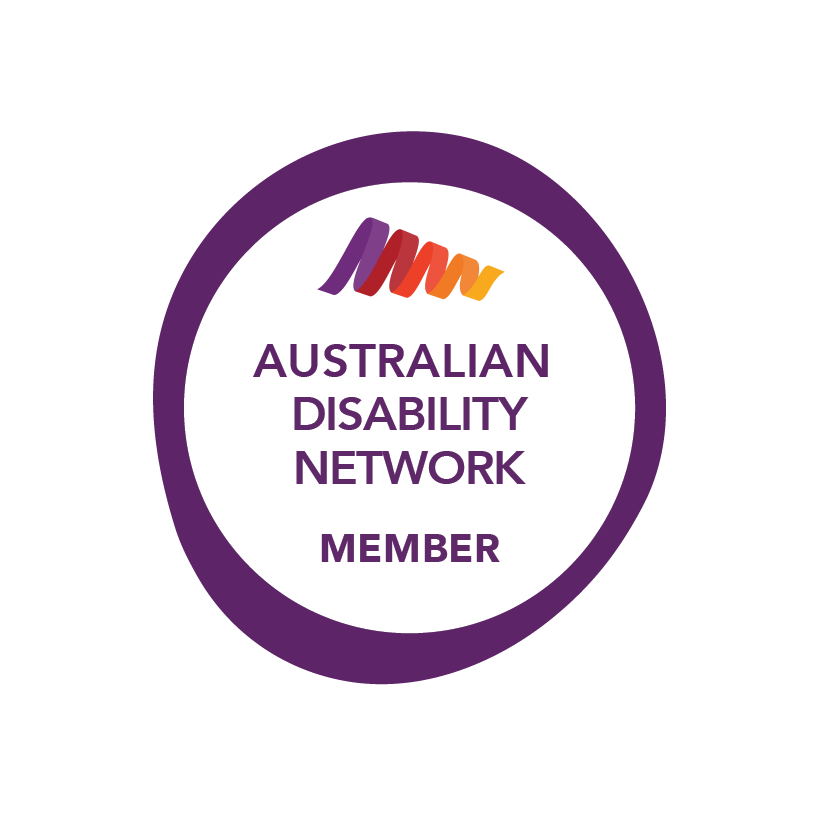Disengaged Youth and Crime: Understanding the Challenges
Youth who are disengaged from school and community activities are at a higher risk of involvement in criminal behaviour. Disengaged youth are defined as young people who are not in school and not working and may also be disconnected from their families and communities. Finding ways to support young people to refocus their energy into improving their lives rather than destroying them takes far more than police arresting them.
Policing youth crime does not work for a variety of reasons. One major issue is that it often treats young people as adult criminals rather than recognizing the unique challenges and developmental needs that they face. This approach can lead to over-criminalization and harsher punishments for youthful offenders, exacerbating the problem rather than solving it. Additionally, policing youth crime can perpetuate cycles of poverty and marginalization, as young people who are incarcerated or have criminal records may have difficulty finding employment and housing in the future. Furthermore, research has shown that policing and punishment alone are ineffective in reducing crime and re-offending among youth and that a more holistic, community-based approach is needed to address the root causes of youth crime and disengagement.

Why do youth disengage?
Research has shown that several factors contribute to youth disengagement, including:
- poverty
- lack of education and employment opportunities
- exposure to violence and trauma
These experiences can lead to feelings of hopelessness and helplessness, which can, in turn, increase the likelihood of involvement in criminal behaviour.

Better Understanding
It is essential to understand that disengaged youth are not necessarily “bad” or “delinquent” kids but rather young people who face significant challenges and may need support to overcome them.
One way to better understand the challenges faced by disengaged youth is to talk to them directly and hear their stories. This can be done through community outreach programs, mentoring programs, or by working with organizations that provide services to disengaged youth.
But how do we get youth to participate?
One way to get youth to want to engage with organizations that offer youth support is to make the services and programs provided relevant and appealing to their interests and needs. This can be done by involving young people in the planning and implementation of programs and actively seeking their feedback and input. Additionally, creating a safe and welcoming environment that prioritizes youth empowerment and self-expression can make youth feel more comfortable and willing to engage. Building trust and relationships with young people is essential to being consistent, dependable, and non-judgmental. Furthermore, by providing opportunities for leadership development, mentorship, and skill-building, youth will feel a sense of purpose and belonging, making them more likely to engage with the organization. Lastly, providing youth with clear and consistent information about the services and programs offered and their benefits can help increase their interest and engagement.
Streetwork
A youth outreach program that provides support and services to young people who are experiencing homelessness or at risk of homelessness in Australia.
The Smith Family
Offer a range of programs and services to support disadvantaged children and young people, including mentoring, tutoring, and financial assistance.
Youth Off The Streets
A range of services to disadvantaged and disengaged youth, including accommodation, education, counselling, and mentoring.
Mission Australia
Programs and services to support young people, including those who are disengaged from education and training, through mentoring, counselling and other support services.
YouthLink
A youth outreach program that provides support and services to young people who are experiencing homelessness or at risk of homelessness in Australia.
Access Community Services
A not-for-profit community organization that provides a range of support and services to young people and their families, including mentoring and counselling.
The Australian Youth Affairs Coalition
A national peak organization that aims to make a positive difference to the lives of young people, including through policy and advocacy.
Street University
The Street University concept is founded by an idea that Ted Noffs envisioned in the 60s in Sydney – This is “no young person is a write off”.

What drives Delinquency?
Another way to gain a deeper understanding of the issues faced by disengaged youth is to engage in research and learn from experts in the field. This could include reading studies and reports on the subject, attending conferences and workshops, or connecting with professionals who work with disengaged youth daily. Some examples are:
Supporting Youth Justice
Youth Justice Services support young people to gain the life skills they need to disrupt anti-social or offending behaviour, to access meaningful employment and help them to recognise that they are valued members of the community.
Preventing Youth Disengagement and Promoting Engagement
Understanding Delinquency in Teenage Years
Including components to prevention programs that help youth weigh-up both the costs and benefits of delinquent behaviour may be especially important prior to and at the start of high-school.
The Impact of Community-Based Interventions on Delinquency
Typically, juvenile delinquency follows a trajectory similar to that of normal adolescent development. In other words, children and youth tend to follow a path toward delinquent and criminal behavior rather than engaging randomly.1 Research has shown that there are two types of delinquents,
- those in whom the onset of severe antisocial behavior begins in early childhood, and
- those in whom this onset coincides with entry into adolescence.2
How Do Positive Role Models Affect Our Youth and Communities?
Research findings indicate that adolescents who can identify a positive role model in their lives have higher grades and self-esteem than those who can’t, particularly when the youth knows their role model on a personal level.
Headspace
A national youth mental health foundation that provides support and resources for young people and their families.
Youth Action
A youth-led organization that empowers young people to create positive change in their communities, and provides resources and support for youth engagement and leadership.
The Australian Council for Educational Research (ACER)
An independent, non-profit research organization that conducts research on education and youth engagement.
Tursa Employment and Training
Offers the Transition to Work program that provides a “Your Choice Your Voice” approach to young people giving them a safe environment to engage with youth adviser’s and build a plan for their future.
Whose responsibility is it actually?

It essential to recognize that addressing the issues disengaged youth face is not just the responsibility of the youth themselves but also the responsibility of families, communities, and society as a whole. This includes providing access to education and employment opportunities, addressing poverty, and working to create safer and more supportive communities.
By better understanding the challenges disengaged youth face, we can work together to create solutions and opportunities for these young people to succeed and reduce their involvement in criminal behaviour.
Conclusion
Addressing the issues disengaged youth face is not just the responsibility of the youth but also the responsibility of families, communities, and society. By providing access to education and employment opportunities, addressing poverty, and working to create safer and more supportive communities, we can develop solutions and opportunities for these young people to succeed and reduce their involvement in criminal behaviour. Assisting them to engage in their own plan for the future and then providing the space, programs and support needed to develop trust and confidence is one step to change.














